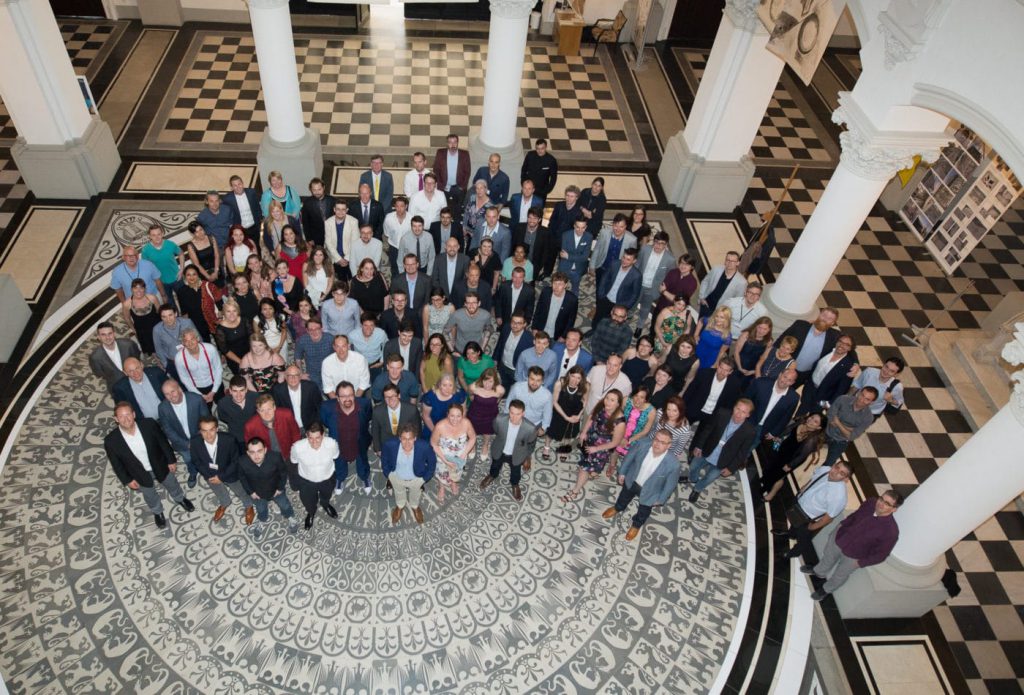Digital Science is made up of a portfolio of innovative companies (including Symplectic, Altmetric, Figshare and Dimensions) which serve the needs of scientific and research communities through the full research lifecycle.
We are on a mission to shake up the world of research and make working life simpler and more productive. Researchers the world over spend a lot of time and energy on their research. It can be a source of identity and inspiration, but it can also be a source of frustration. Helping to improve the research experience is one of our key aims at Digital Science.
We’re a pioneering and disruptive technology company made up of open-minded, brave and collaborative people. We are passionate about what we do and invest in companies for long-term benefit, rather than short-term gain. We’re unique in that we spot entrepreneurs with amazing talent and actively work with them to support their growth so that the research community can benefit from truly innovative and interoperable technologies. We believe that by working together with the community we serve, we can change the scientific ecosystem.
Digital Science was launched in 2010 after our founders realised that science had yet to seize the opportunities offered by the digital technologies transforming our lives. The software that researchers, academic institutions, publishers, funders, and industrial research organisations used at that time, was largely home-built or niche. We believed we could develop and deliver the high-quality software tools that researchers deserved.

We started off with a team of five people. Today, we have more than 300 colleagues in over 20 countries worldwide, and we work with hundreds of partners to deliver value and success.
Over the years we have added a broad range of trusted software, insights, analytics, and content to meet the community’s needs. Digital Science is now a vibrant mix of the companies that we’ve invested in over the last decade, and our customers benefit from the deep domain expertise associated with each of the products. Although these companies are part of Digital Science, each preserves its own unique culture. We think of Digital Science as being a little bit like London; different villages have grown together to form one city over the centuries, but the architecture and culture continue to vary per neighbourhood.
For all the progress the industry has made over the last decade, we’re not even close to fully realising the potential of information technology. We’re really just at the beginning of our story and we’re growing at an incredible pace. We won’t stop until we have a trusted, frictionless, collaborative research ecosystem that drives progress for all. There’s still heaps to do and we can’t do it alone.
